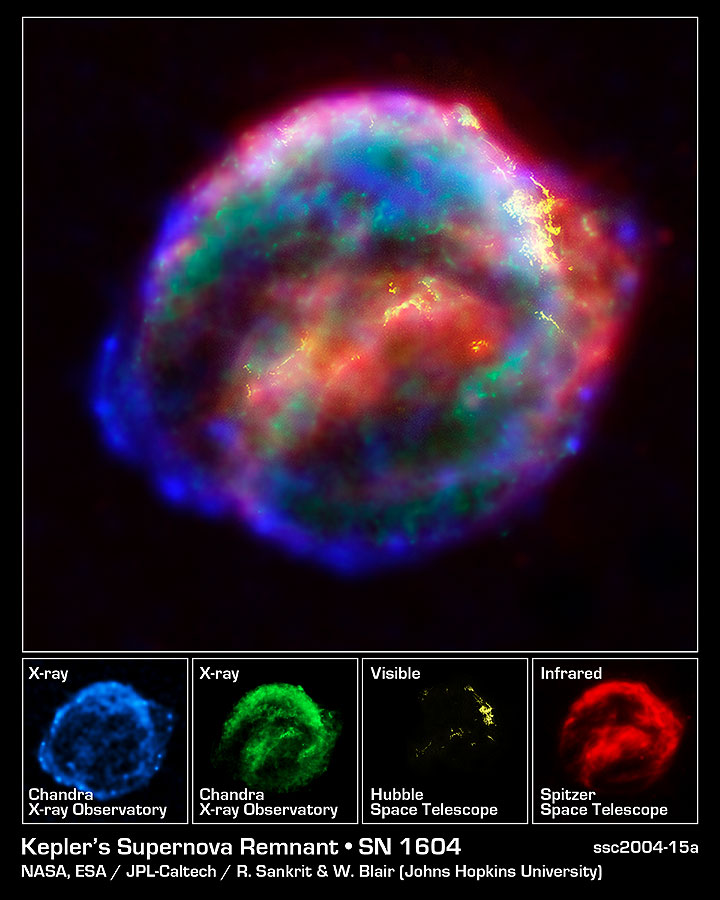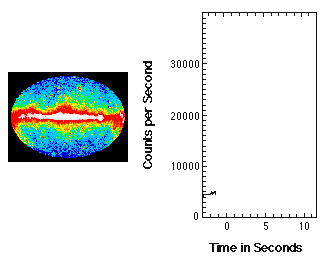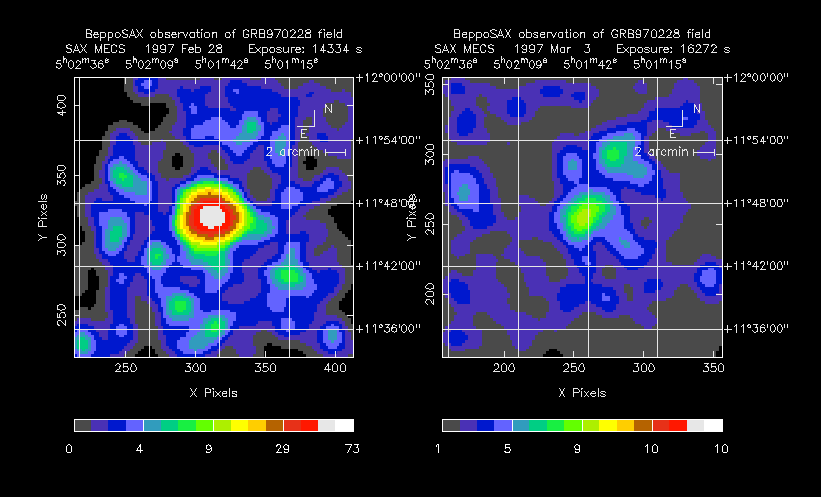Collisionless shocks
Michael Gedalin
Shocks form in a supersonic flow which encounters an obstacle and has to suddenly decelerate to subsonically flow around the body. Alternatively, a gas expanding supersonically into ambient medium produces a shock moving ahead of the gas. Such shocks are very ubuquitous in space where they propagate in collisionless plasmas and generate high energy particles. The latter are responsible for the emission coming from such objects as supernovae remnants (Fig. 1) and gamma-ray bursts (Fig. 2) and their afterglows (Fig. 3). Collisionless shocks are wonderful natural laboratories which allow to learn fundamental processes such as particle dynamics in electromagnetic fields (which may be very peculiar and unexpected), acceleration to relativistic energies in natural accelerators, nonlinear interactions in plasmas and nonlinear structure formation. We study the internal structure of collisionless shocks (1, 2) and the processes of the charged particle energization (3, 4, 5).
 |
 |
|
| Figure 1: Supernovae Remnants | Figure 2: Gamma Ray Bursts | |
 |
||
| Figure 3: Gamma Ray Burst Afterglow | ||